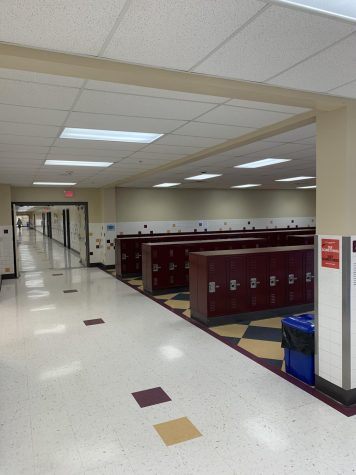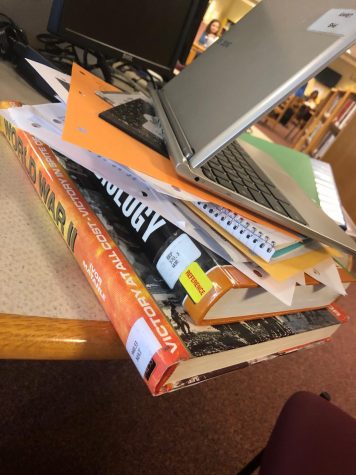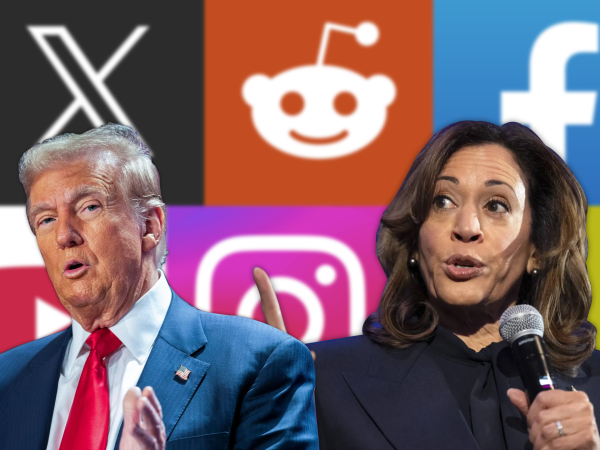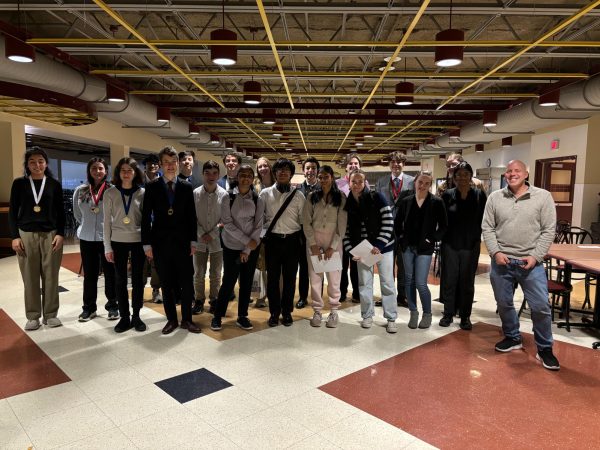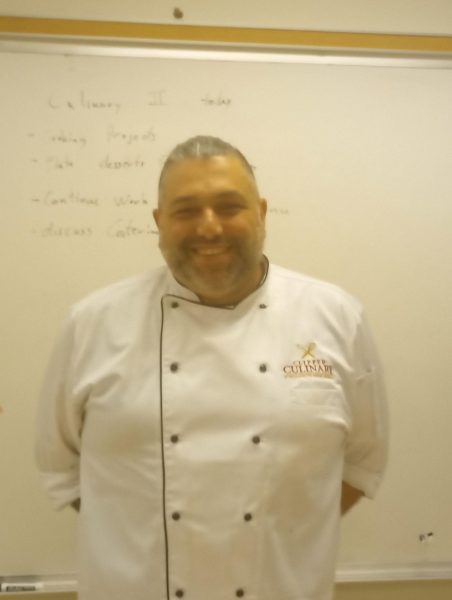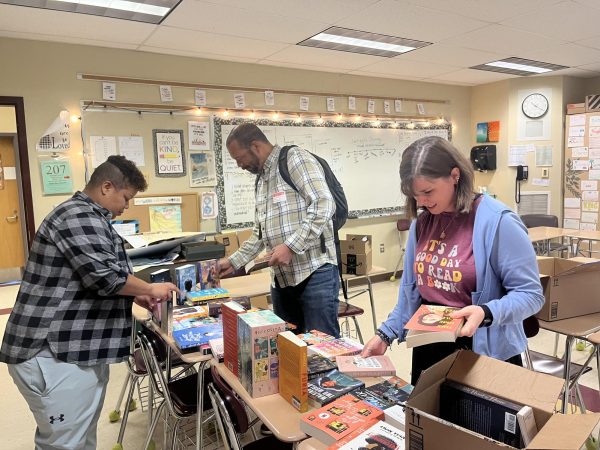Technological Advances Expected for Next Year
Portsmouth High School is changing in a lot of ways for next year. There is the new task block, a later start time, a summer reading program, and class A/class B skinny blocks will now be full length classes on alternating days. There are more changes coming.
Technology changes fast, and it often defines the quality of an education in today’s age. At Portsmouth High School, many changes are anticipated for our devices for next year, and it won’t stop there. A lot of the changes coming for next year are to further the development of a greater project.
As of now, there are 195 chromebooks at the high school. The goal of the technology department is to make Portsmouth High School a one-to-one school. What does this mean exactly? A one to one program is one in which every student has his/her own computer, provided by the school, to travel with to/from school. This will not be occurring next year, although the school was ready to make the change.
“We were sort of in a technological place where we were poised to do it next year,” explained George Shea, the Assistant Superintendent, “but our main budget went to the three addition buses needed for early start.” The city has already been convinced that the one-to-one program is a good idea. However, the technology department didn’t think it was a good idea to ask for the money this year: “Because of that money we didn’t feel like we had the leverage of the city to be asking,” Shea commented.
The changes next year to work towards this goal include buying more chromebooks, creating more WiFi access points, and providing more teacher training. “If you’re going to do a one-to-one program, you have to do it smart. A lot of schools have done it really poorly and just bought all the devices, and not changed their instructional practices and not changed their infrastructure.”
The building up of the technology at PHS in order to reach this point is not the only difference students and faculty will see next year. The technology department is trying to provide five-ten laptops in the library for students to sign out (like books) to bring home, as well as provide 4G access from Verizon for student’s phones. The wireless network went from 125 megabytes this year to one gigabyte, and the signal will only be made stronger over time.
When asked how far behind Portsmouth is technologically from other high schools, Shea responded, “There’s no universal measure for where you are technologically, but we have a lot of room for growth I will say that. I think it’s growth in the devices, in the usage, and in our infrastructure, and those things all have to move together at once.” Shea also mentioned that we recently have had a few outages this year, both were a result of power loss downtown. When the high school goes down, so do all the other schools in the district.
Little things are expected to change as well, like our email addresses. Faculty and student emails will no longer be the tedious ‘@apps.portsmouth.k12.nh.us’, but rather a far more simple ‘@SAU52.org’. The change will take place on June 20, and any emails sent to the old address will be forwarded to the new address. This change shouldn’t cause students any trouble, although teachers will have to set up their own forwarding. The goal of this change is to remove the Outlook accounts that teachers can choose to use ([email protected]) that excludes the ‘apps’, and create a universal email among all students and teachers to prevent confusion.
In addition to this change, students will not be hearing announcements over the intercom anymore. Rather, they will be seeing them. As of next year, television screens will be around the school with the announcements scrolling on them. One is already up in the Career Tech hallway nearby the culinary classroom.
As for the one-to-one program, it will most likely be happening first at two grade levels, and the technology department has heavily considered sixth and ninth grade to start. The funding will be coming from the technology budget, paid for by the city. Surprisingly, the computers are not simply bought, but rather bought on a lease. The school buys the chromebooks on three year leases, and then they are rent to own computers. Any chromebooks bought in the future will be bought in the same way, so the school does not feel all of the financial burden at once. “Our goal has sort of been to build up our stock. So, we add a bunch more every year. So that we’re not paying a half a million dollars at once,” Shea reported. “ I view it of more of an evolution and not punctuated equilibrium. I think it’s something we’ve been building up to, in order to make sure we do it right and what’s best for students.”
When the school goes one-to-one, there will be some safety precautions to protect the investment and the students. She commented, “We need to continually teach kids about responsible use and model that, and enforce the [Responsible Use Policy] that every kid signs.” At the beginning of the year students and parents will sign a responsible use policy that teachers will ensure is enforced, and students will have to pay an insurance cost every year to protect the computers. In schools in Maine that practice one to one, the cost of insurance is upwards to $75. Shea showed his concern with students having access to the technology, but not the wifi access. “A tricky thing that we’re also working with the cable commission on is making sure that there’s wireless access points in all of our communities because there aren’t and a lot of families don’t have them.”
A one-to-one program creates a new and different approach to teaching, according to Shea, “It allows us to explore, different ways of teaching and learning. It allows more student agency and choice in what they do. It allows learning not just to have to happen between the hours of 7:30 and 2:15.” This program will also create the equal access that students are in such dire need of. “I’ll say another piece is that having 1:1 creates an equity for all learners. Right now we have certain kids with access to technology at home or have their own devices, but a 1:1 program helps with equal access for all students and equal opportunity for all students. Which has been a big goal of ours.”


